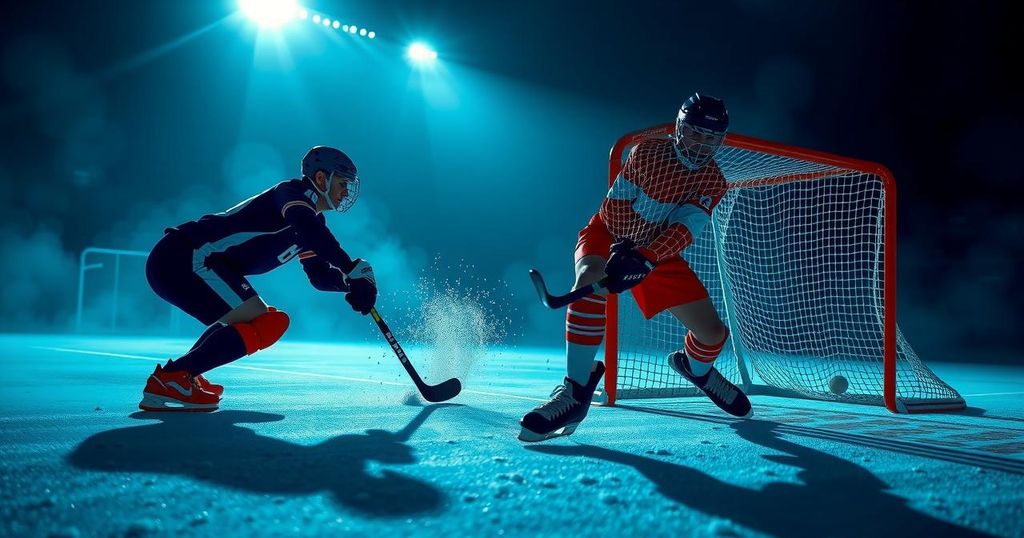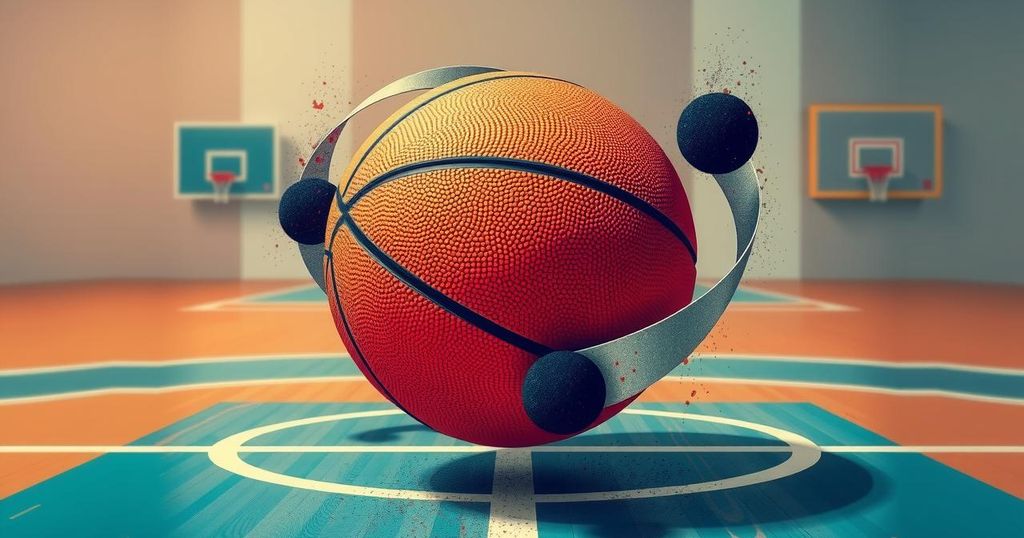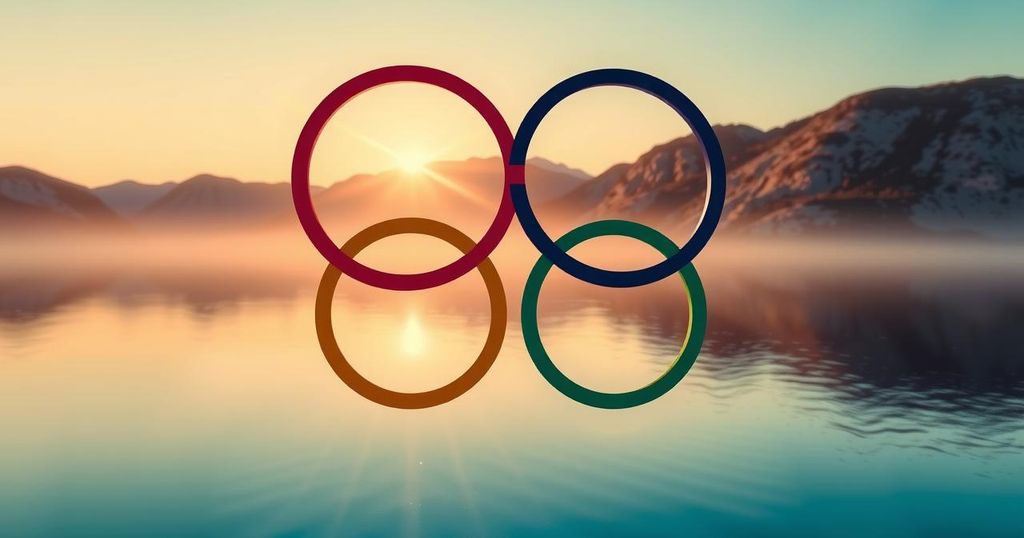Paris 2024: The Olympics of the Goalkeepers and the Evolution of Defensive Strategies in Hockey
The Paris 2024 Olympics has been lauded as the ‘Olympics of the Goalkeepers’ in the sport of hockey, primarily due to the extraordinary performances exhibited by goalkeepers throughout the tournament. The competition, particularly for renowned Indian goalkeeper PR Sreejesh—who had indicated that this would be his final Olympic campaign—has captured significant attention. His career culminated in remarkable saves that propelled India to consecutive bronze medals, marking an emotional yet heroic journey.
According to a report released by the International Hockey Federation (FIH), the men’s tournament observed a notable decline in goals, with only 155 scoring events recorded, representing a 25% decrease from the 209 goals scored during the Tokyo Games. Conversely, the women’s tournament maintained scoring levels consistent with previous events. Jon Wyatt, the Interim Senior Director of FIH, noted that the exceptional defensive capabilities, particularly of goalkeepers, defined the Games, leading to its designation as the ‘Olympics of the Goalkeepers.’
The impact of outstanding goalkeeping was evident in numerous matches, including India’s contest against Great Britain, where Sreejesh’s performance was pivotal. Moreover, in the women’s competition, both Pirmin Blaak and Anne Veenendaal played crucial roles in guiding the Netherlands to gold medal victories, especially in the decisive shoot-outs. The tournament saw unprecedented occurrences, such as the Netherlands winning both the men’s and women’s gold—an Olympic first—and both finals being determined by shoot-outs, underscoring the competitiveness of the events.
Analysis further revealed that 55% of the men’s matches concluded with a draw or a victory by a single goal, a significant increase from the 34% observed in the Tokyo Olympics. This trend was evident in India’s journey, where the team achieved notable victories against formidable opponents while encountering narrow defeats.
Another salient trend identified was the decline in penalty corner conversion rates among attacking teams, a shift that can be traced back to the previous year’s men’s World Cup held in Odisha. Enhanced defensive strategies and rigorous analytical practices have empowered teams to better manage the conventional drag flicks used during penalty corners. Jeroen Delmee, the coach of the Netherlands, underscored the importance of first rushers in defending against flicks, asserting that they now frequently outperform goalkeepers in shot-stopping capabilities.
Despite Harmanpreet Singh emerging as the tournament’s leading goalscorer, his penalty corner conversion stood at a mere 17%. Notably, Wyatt’s report shed light on the generally low conversion rates, attributing this phenomenon to the remarkable advancements in defensive tactics rather than a decline in offensive capabilities. While Germany and Belgium achieved conversion rates of 25%, other teams averaged less than 20%.
The use of aerial play also emerged as a pivotal tactic during the tournament. Teams increasingly utilized long-distance aerial passes to undermine compact defensive formations. A prime example included a crucial moment during the women’s quarterfinal between Germany and Argentina, where an impeccable aerial pass facilitated a vital goal for Germany.
In conclusion, the Paris 2024 Olympics illustrated the critical role of goalkeepers and defensive strategies in contemporary hockey, establishing a new benchmark in the sport. The advances in defensive organization, coupled with the utilization of aerial tactics, not only provided thrilling contests but also led to historically significant outcomes. As teams and players reflect on this tournament, it is clear that defensive excellence will play an increasingly vital role in shaping the future of hockey at the international level.








Post Comment